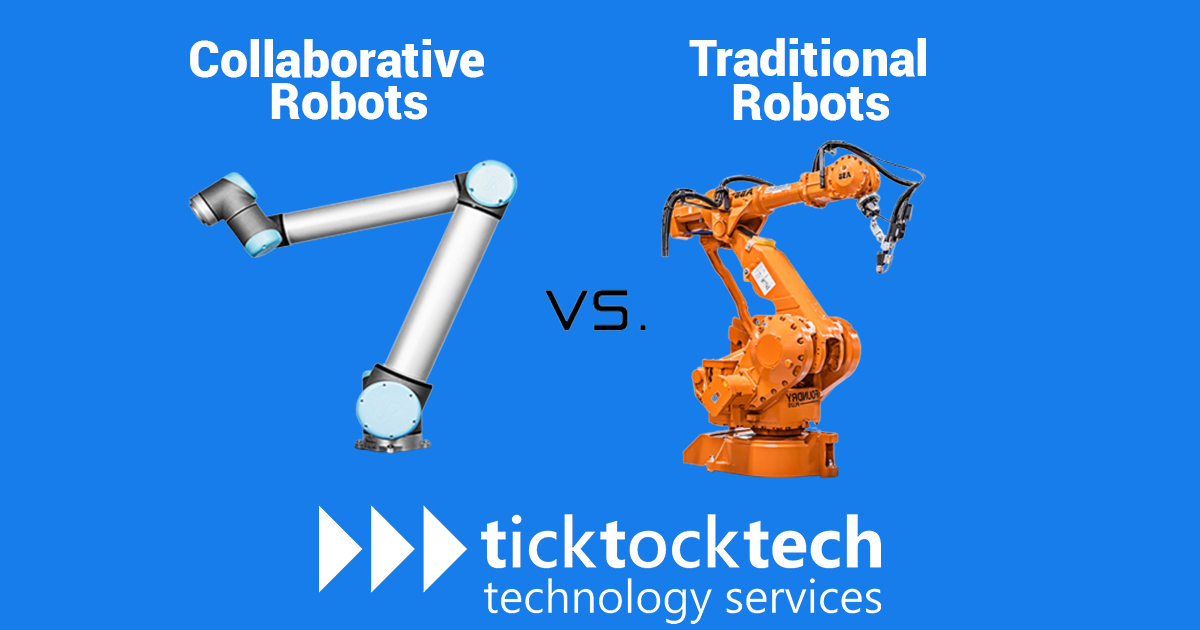Artificial intelligence program is a step forward in the robotic world. From industry usage to commercial and home usage, AI has proven very effective. Even though robotics is a mechanical machine, the purpose they serve is encoded. Both for commercials and domestic, AI and robotics work hand in hand to help humans’ everyday activities. When used in robotic assembly applications, AI is a very valuable tool. AI may assist with real-time course correction when integrated with sophisticated vision systems, which is especially helpful in complicated industrial areas like aerospace. Robots are classified with purpose, and the new generation ones used in the industry for example could be Collaborative or traditional. Lets take a look at what they are and how are they different.
Industry Robots
A robot arm utilized in a factory environment for manufacturing purposes is frequently referred to as an industrial robot. Traditional industrial robots may be categorized using a variety of factors, including application (manufacturing process), architecture, and movement style (degrees of freedom). a collaborative (Cobots) or non-collaborative industrial robot (robots).
What is a Traditional Robot?
The traditional robot is the general robot machine idea we know of. They are the automatic machine that carries out some of the repetitive works of human beings. The activities in which they are capable will be programmed software by humans. These programs are in form of a learning mechanism for the machine, which it will practice until there are minimal or no errors. Without these programs, they’ll just be a combination of wires and metals because it defines their purpose and their limits.
What is a Collaborative Robot?
A collaborative robot, commonly referred to as a cobot, is a machine that can pick up several duties and help humans. Major responsibility is to help humans pick up and place materials in robotic arms. They are sensitive and reactive, which can be seen in most robotic arms used in factories. They are easy and you can teach them (with artificial intelligence) where to go to pick up particular parts. Cobots work along with humans, as they can’t fully run factories and handle things on their own. The 3Cs ability attached to the Cobots is Coexistence (working alongside humans), Cooperation(Working on different tasks), and Collaboration.
While the robot does the repetitive human work, cobots, on the other hand, are softer but have more usage currently in the human industry and factories. Cobots are generally used for assembling, handling materials, finishing, and more. Robots are more of a complex mechanism that is used for more dangerous work
Top 4 Differences between Collaborative robots and Traditional robots:
- Traditional Robot takes over the work of humans while cobots works work alongside humans.
- In comparison to cobots, which are more accurate at their objective, robots perform heavier human labor overall. Because of the cobots’ high accuracy and low error aim, programming will become more difficult.
- Robust robot installation is possible, and cobot installation is fairly adaptable.
- Cobots have artificial intelligence and can be menu-driven; robots run preloaded software.

